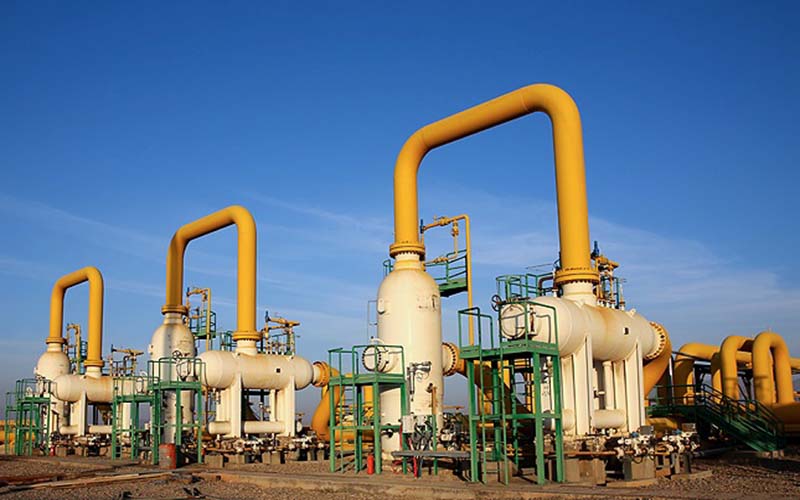Two of Big Oil’s biggest players dropped their long-term energy outlooks this week: French energy company TotalEnergies and the Organization of the Petroleum Exporting Countries.
They offer quite different visions of the world 25 years from now. The European energy major sees a future driven by technology and policy, while OPEC presents a vision that looks much like today, Bloomberg reported.
TotalEnergies looks at all energy demand, not just oil, and posits a now-familiar refrain of Europe’s long-term corporate energy planners: renewable energy will continue to expand rapidly; oil and coal demand growth will fall; and natural gas demand, continuing to rise, will be the key to the energy transition. Even with a timeline measured in decades, details matter.
Let's take a closer look at two scenarios Total puts forth of the energy transition: Momentum, and the somewhat alarmingly named Rupture.
Momentum, the outlook notes, is “based on decarbonization strategies of net-zero 2050, with China on track to achieve carbon neutrality by 2060” and includes the announced climate targets and Paris Agreement-based nationally determined contributions of other countries.
This scenario, a baseline expectation, foresees a temperature rise of 2.2 to 2.4 degrees Celsius by the end of the century. Rupture is more aggressive and expects countries to meet the global aspirations of the Paris Agreement along with even more net zero commitments, strong public policy, technology advancements and a new energy system built on a global scale.
Momentum also creates ceilings on future demand for oil and coal (gas, on the other hand, continues to grow). Peak oil demand will come at some point in this decade.
In the Rupture scenario, oil demand in 2050 is 60% lower than in 2019. Coal demand has already peaked and gas demand continues to grow.
OPEC, not surprisingly, has a rather different take on oil. It sets out four scenarios, only one of which has a technology lens.
The oil body sees demand rising in one scenario, plateauing in another, and peaking in the 2030s in another. The only decline from 2019 levels is in its most aggressive scenario, the Accelerated Policy and Technology Case.


